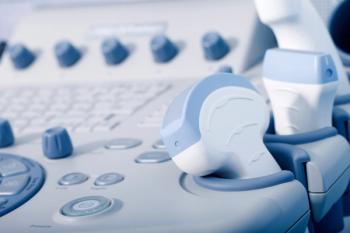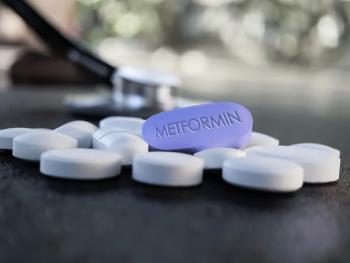
Evidence suggests environmental pollutants cross placenta
New research suggests that air pollutant particles and metals are reaching the placenta.
A research team led by Queen Mary University of London discovered pollution particles, including metals, in the placentas of 15 women.
"Our study for the first time shows that inhaled carbon particulate matter in air pollution travels in the bloodstream and is taken up by important cells in the placenta. We hope that this information will encourage policymakers to reduce road traffic emissions in this post-lock down period,” said lead author Professor Jonathan Grigg from Queen Mary University in a recent press release.1
Research has shown a connection between maternal exposure to high pollution levels and adverse obstetrical outcomes, such as low birth weight and preterm birth, but the insight was limited as to the ways the association occurred in the body. To gain further insight, the research team sought to investigate the presence of air pollution-derived particulate matter (PM) in tissue-resident phagocytes.
Fifteen placentas were donated from 15 healthy women who had recently given birth at The Royal London Hospital. Researchers determined pollution exposure in 13 of the women, all of whom had exposure above the annual mean World Health Organization’s limit for particulate matter. The placental cells were examined using a variety of techniques, including light, electron microscopy, magnetic analyses and energy dispersive X-ray spectroscopy.2
Researchers found black particles that closely resembled air pollution-derived PM in an average of 1% of cells in all 15 placentas.
Although most of the particles were carbon-based, they also found trace amounts of metals associated with vehicle-emitted air pollution from fossil fuel combustion and brake wear, such as phosphorus, calcium, iron and chromium, titanium, zinc and cerium.2
These findings are important for all expecting mothers and ob/gyns, especially in urban communities around the world.
Related:
In this panel discussion, Senior Editor Angie DeRosa sat down Drs. Bekkar, DeNicola, Pandipati and Abel to discuss findings from a recent study on the association with air pollution and heat exposure with adverse obstetrical outcomes, such as preterm birth and stillbirth.
Watch the
__
References
- First evidence that air pollution particles and metals are reaching the placenta. News release. Queen Mary University of London. EurekaAlert! September 23, 2020. Accessed October 22, 2020.
https://www.eurekalert.org/pub_releases/2020-09/qmuo-fet092320.php \ - Liu N, Miyashita L, Maher B, McPhail G, et al. Evidence for the presence of air pollution nanoparticles in placental tissue cells. Sci Total Environ. Published online September 12, 2020.
https://www.sciencedirect.com/science/article/abs/pii/S0048969720357648
Newsletter
Get the latest clinical updates, case studies, and expert commentary in obstetric and gynecologic care. Sign up now to stay informed.










